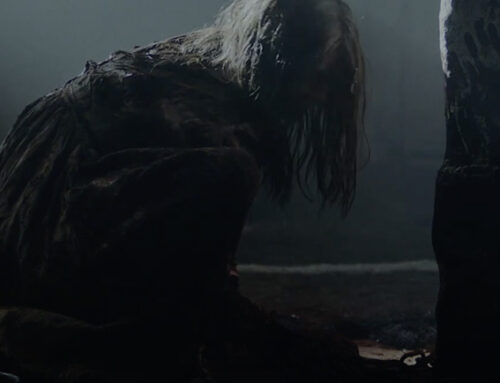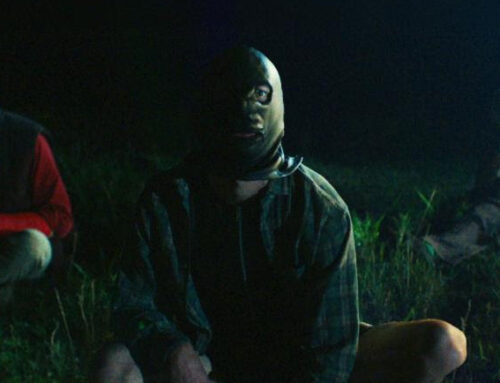Small Town Monsters have done it again, bringing us a hair-raising (pun fully and wickedly intended) documentary about real-life werewolf sightings in the Ohio River Valley.
American Werewolves documents a brief history of werewolf folklore – beginning with the origins of werewolves in Greek and Roman mythology, their evolution through Norse and Welsh culture into what we might recognize today, and settling in the Americas – and a wealth of eyewitness accounts of creatures that fit the werewolf description.
I have to admit a personal connection to American Werewolves. It felt more real to me because Western Ohio has always been my turf. I’ve been to Bucyrus, Hamilton, and Germantown. My friends and I have plenty of stories of things we can’t explain. Ghosts and other things that go bump in the night seem just as common as corn and soybeans. Maybe we’re bored out here, staring down narrow country roads and open fields day-in and day-out, and we see things that shouldn’t exist as a sort of twisted wish fulfillment. Or maybe those things that shouldn’t exist make this emptiness their home in an attempt to not be disturbed, and the occasional human trespasser catches a glimpse of something very real that only wants to be left alone.
Either way, I found American Werewolves harder to laugh off than previous spooky documentaries brought to us by Small Town Monsters. The graphics are still a little wonky, with some interesting choices made vis-a-vis editing. The lo-fi 1980’s inspired graphic design was stylistically fine, but wasn’t always the easiest to read, and I had to squint past some fuzzy lettering at times.
I appreciated the disclaimer at the beginning stating that the opinions presented in the film are not the only possible interpretation of events. There were definitely segments where that felt more true than others, and it’s a responsible statement to make regardless.
In many ways, this feels like a continuation of an earlier Small Town Monsters documentary about rougarou, with historical information interwoven with eyewitness accounts to create a final product that abounds with the spirit of earnest American folklore. In fact, with American Werewolves only really covering ground in small parts of two American states, I feel like it could’ve been combined with Howl of the Rougarou and expanded into a docuseries, covering a different area’s werewolf legends in each episode.
I would be remiss if I didn’t bring up one area where it stumbles more than Howl of the Rougarou did, which is the demographics of the people telling their stories. Many stories in American Werewolves end up with the storyteller musing over a potential connection between the werewolf activity they saw and the indigenous nation whose traditional homelands the activity occurred on. Among others, the Adena, Miami, and Shawnee nations lived in the areas mentioned in the stories. But if any of the storytellers were of those peoples, it wasn’t mentioned. Rather, white person after white person told stories ending with, “And then we found out it happened near an old Indian burial ground!” which is a ridiculous thing to say by way of explaining supernatural phenomena. If we’re going to talk about American folklore, shouldn’t we be deferring to the people who understand it best?
Overall, American Werewolves isn’t anything Earth-shattering, which is what makes it so resonant. If I want American folklore, I want to hear it via first-person accounts. Small Town Monsters does this very well, and I appreciate them for it.
7 out of 10
| American Werewolves | ||
| RATING: | NR |
AMERICAN WEREWOLVES Official Trailer (2022) Wolfman Documentary |
| Runtime: | 1 Hr. 20 Mins. | |
| Directed By: | ||
| Written By: | ||







